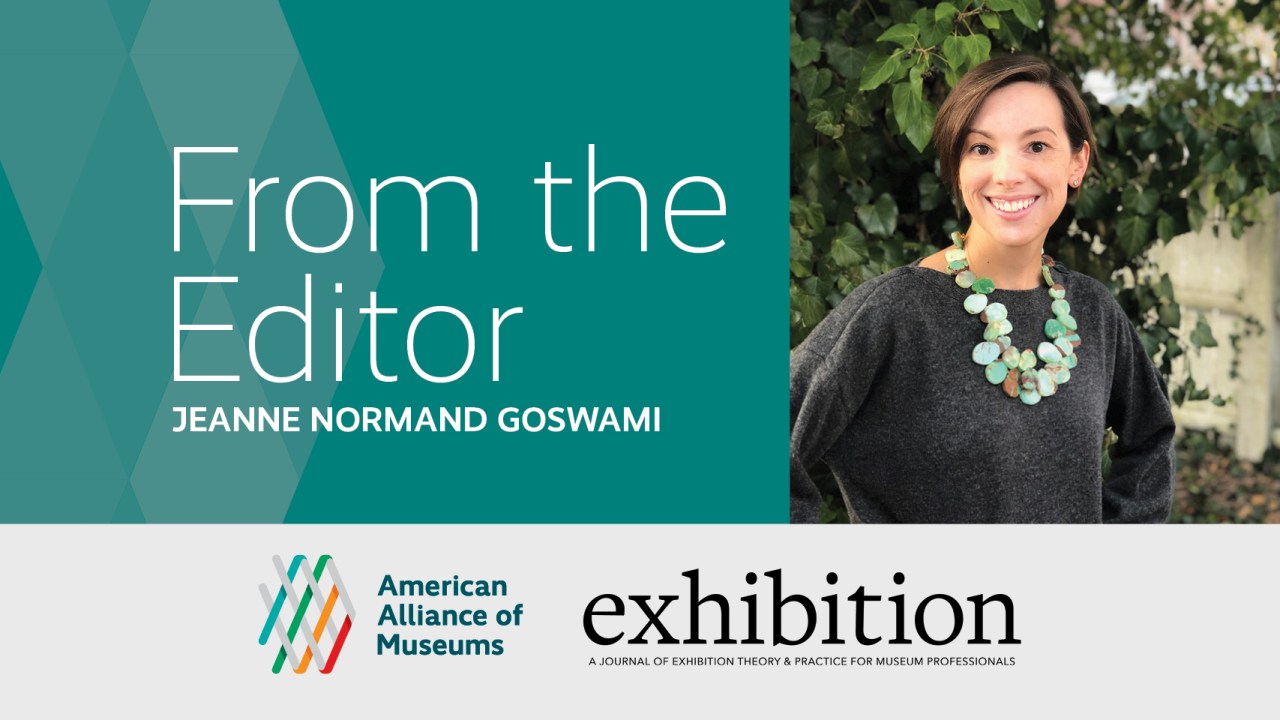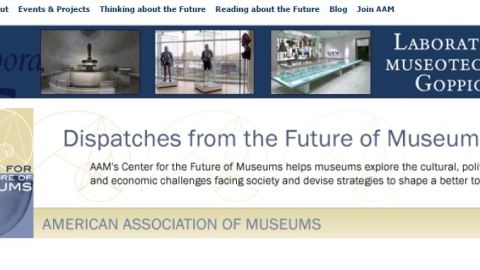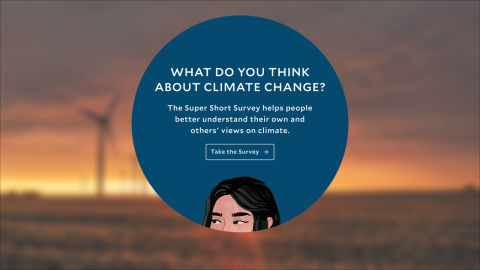
This letter by Exhibition‘s editor Jeanne Normand Goswami first appeared in Spring Fall 2025 issue, Vol. 44 No. 2 and is reproduced with permission. If you don’t read the journal, become a member to receive your digital copy of the full upcoming issues.
Dear Friends,
On March 12, 1990, as the Americans with Disabilities Act (ADA) sat stalled in Congress, hundreds of disability rights activists marched from the White House to the U.S. Capitol. Once there, scores of individuals abandoned their wheelchairs, canes, and other mobility aids to painstakingly climb the 83 steps to the building’s entrance. This event came to be known as the Capitol Crawl, and the incredibly brave self-advocates and activists who made the journey ensured the passage of the ADA later that same year. Now, 35 years later, as we reflect on the positive changes the ADA has helped to bring about, we wonder how museums are continuing to push inclusive practice beyond compliance to embrace equitable, autonomous, and joyful experiences for all.
The projects assembled in this issue point to the future of accessible exhibition-making, demonstrating how universal design, multimodal interpretation, co-creation, and enhanced professional development can ensure better, more engaging experiences for all. Our issue begins with an Op-Ed from Prime Access Consulting and a Q&A with members of the Sensational Museum project in the U.K. Don’t be fooled by their titles: both teams are committed to the creation of layered, redundant, and universally accessible experiences in museums.
Our features section begins with three articles that look holistically at accessibility, discussing how the Museum of the American Revolution, Storm King Art Center, and the Lehigh University Art Galleries have embedded accessibility into all aspects of their exhibitions, programming, and campuses. Next, exhibition case studies from the Denver Art Museum and the Fralin Museum of Art at the University of Virginia explore how the artistic legacies and lived experiences of artists can inspire museums to approach accessibility from new angles, creating experiences that deepen connections and expand the possible interpretations of works of art. Finally, the Walker Art Center and the Intrepid Museum discuss how they have documented their journeys toward accessibility standards and multimodal interpretive strategies in living documents that can be shared, used, and expanded by teams within and beyond their institutions.
Rounding out the issue, in our Nuts & Bolts section, we explore universal graphic design at the National Park Service and budget-friendly accessibility measures that any institution can implement now. Finally, Exhibition’s amazing Editorial Advisors have compiled a list of their go-to accessibility resources. Far from attempting to be a comprehensive or authoritative list, these resources are the idiosyncratic and often-turned-to sources for one small sample of your peers.
Just as there is no one-size-fits-all experience of disability, so too is there no one-size-fits-all solution to making your institution more accessible. I hope you find inspiration in these articles, especially at a time when the lessons of the Capitol Crawl, and other peaceful demonstrations like it, seem to be so easily forgotten by those in power.
Jeanne Normand Goswami
Editor
Exhibition journal







